“Not the Carrier Again!” – Every Cat, Ever
If you’ve ever tried bringing your cat to the vet, you know it’s not for the faint of heart. One moment, your feline friend is lounging like royalty, and the next—when they see the dreaded carrier—they’ve disappeared under the bed, plotting your downfall.
Unlike dogs, who might actually enjoy a car ride (even if the destination is the vet), cats tend to view the entire experience as a betrayal of trust. If your cat could talk, they’d probably say, “Oh, so you love me, but you’re putting me in this plastic prison? Interesting.”
But don’t worry—I’ve been there, and after enough battles with my own cat, I’ve figured out a few life-saving tricks to make vet visits smoother. Ready to avoid a cat-astrophe? Let’s go!
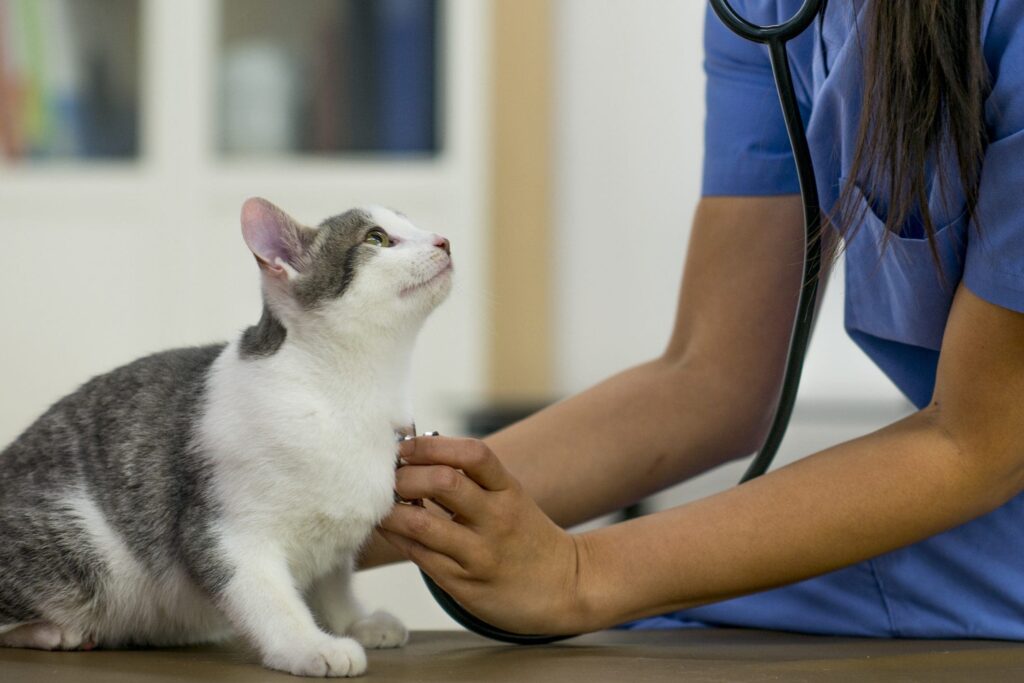
1. Choosing the Right Vet: Not All Clinics Are Created Equal
Finding the right vet isn’t just about medical expertise—it’s also about how they handle stressed-out, feisty felines.
What to Look for in a Cat-Friendly Vet:
✔ Cat-Only Clinics: Some veterinary practices specialize in treating only cats, meaning no barking dogs to stress them out.
✔ Cat-Friendly Practices: Look for clinics certified as “Cat-Friendly” by veterinary associations—they usually have quiet rooms and staff trained to handle anxious cats.
✔ Recommendations Matter: Ask fellow cat owners for their vet experiences. If a vet is known for handling grumpy cats well, that’s a win!
🚨 Reality Check: If your cat is particularly fearful or aggressive, let the clinic know in advance so they can prepare accordingly. Some vets even offer calming pheromones in the waiting area to help.
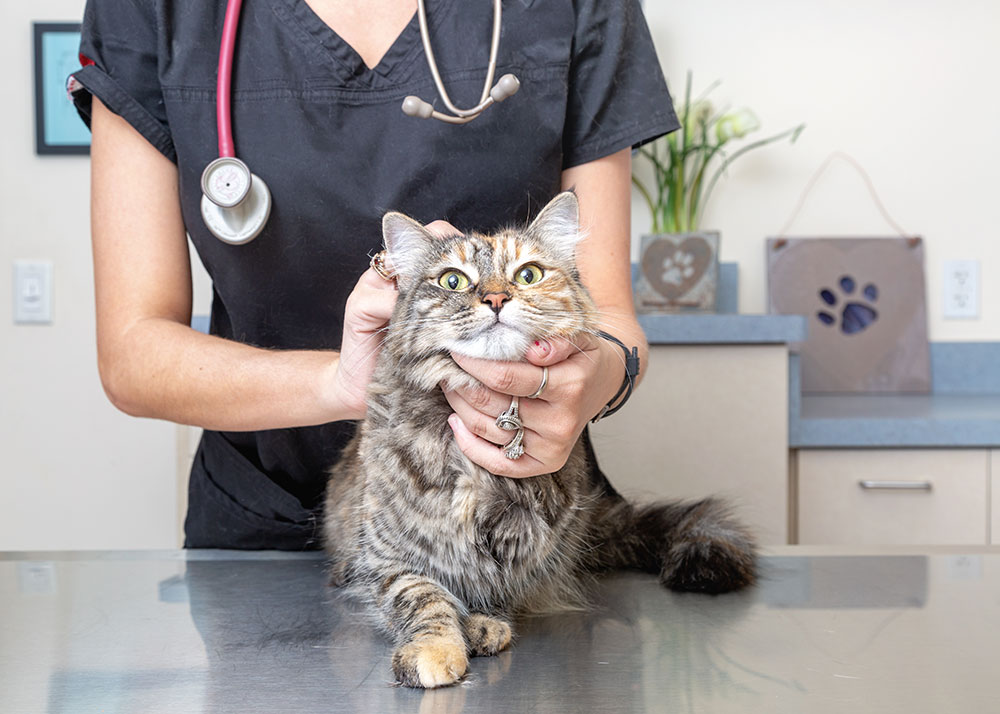
2. The Carrier Conundrum: Making It Less Like a Cat Trap
Most cats hate their carriers—not because they dislike enclosed spaces, but because they only see the carrier when it’s time to go to the vet.
How to Make the Carrier Less Scary:
🐱 Leave It Out – Instead of storing the carrier away, keep it in a familiar space so your cat doesn’t associate it with bad experiences.
🐱 Make It Cozy – Add a blanket with their scent, some soft padding, and even a favorite toy inside.
🐱 Use Treats & Catnip – Sprinkle catnip or treats inside the carrier occasionally, so your cat associates it with positive experiences.
🐱 Practice Mini Trips – Take your cat on short, calm car rides in the carrier (without going to the vet), so they learn it’s not always bad news.
🚨 Reality Check: If your cat panics every time they see the carrier, try a top-loading carrier—it’s easier to gently lower them in rather than forcing them through a small door.
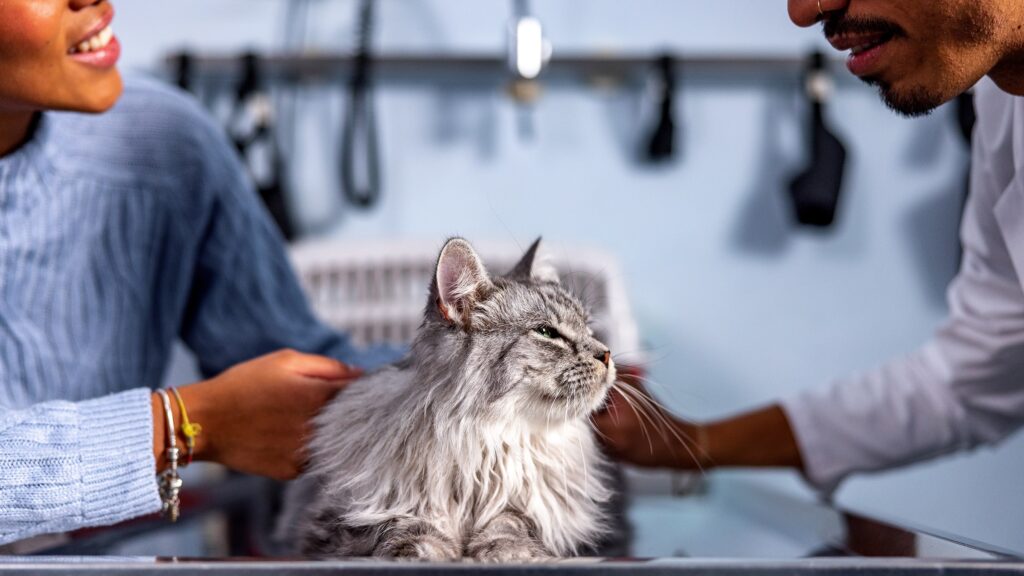
3. Strategic Scheduling: Timing Is Everything
Want to avoid loud barking dogs, long wait times, and maximum stress? Then you need to schedule strategically.
How to Pick the Best Vet Appointment Time:
✔ Choose Quiet Hours: Mornings or early afternoons are usually less chaotic.
✔ Ask to Wait in the Car: Some clinics let you check in from your car to avoid the waiting room altogether.
✔ Pick a Quick Route: If your cat hates the car, find a vet close to home to reduce travel time.
🚨 Pro Tip: If your cat is extra anxious, consider using a pheromone spray (like Feliway) in the carrier 30 minutes before leaving to help them stay calm.
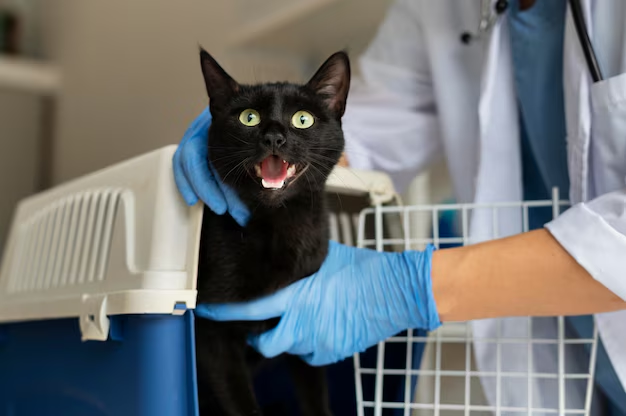
4. Car Travel: Keeping Your Cat Calm on the Road
If your cat screams like a banshee the moment the car starts moving, you’re not alone.
Tips for a Less Stressful Car Ride:
🐱 Secure the Carrier – Place it on the floor or buckle it in with a seatbelt to prevent movement.
🐱 Cover the Carrier – A towel over the top blocks visual stimulation, helping cats feel safer.
🐱 Drive Smoothly – Avoid sudden stops or loud music—keep the ride calm and steady.
🐱 Talk to Them Softly – Some cats find hearing your voice reassuring.
🚨 Reality Check: If your cat gets carsick (drooling, vomiting, or panting), ask your vet about anti-nausea options before your visit.

5. The Waiting Room: A Feline’s Worst Nightmare
You’ve survived the car ride—now it’s time for the next challenge: the waiting room.
How to Minimize Stress While Waiting:
✔ Keep the Carrier Closed – Don’t let your cat out until you’re in the exam room (escaping is their superpower).
✔ Hold the Carrier on Your Lap – Being higher off the ground can make them feel safer than sitting on the floor.
✔ Avoid Eye Contact with Other Pets – If there are dogs nearby, turn the carrier away so your cat can’t see them.
🚨 Pro Tip: If your cat is particularly nervous, ask if the clinic can take you straight to an exam room upon arrival.
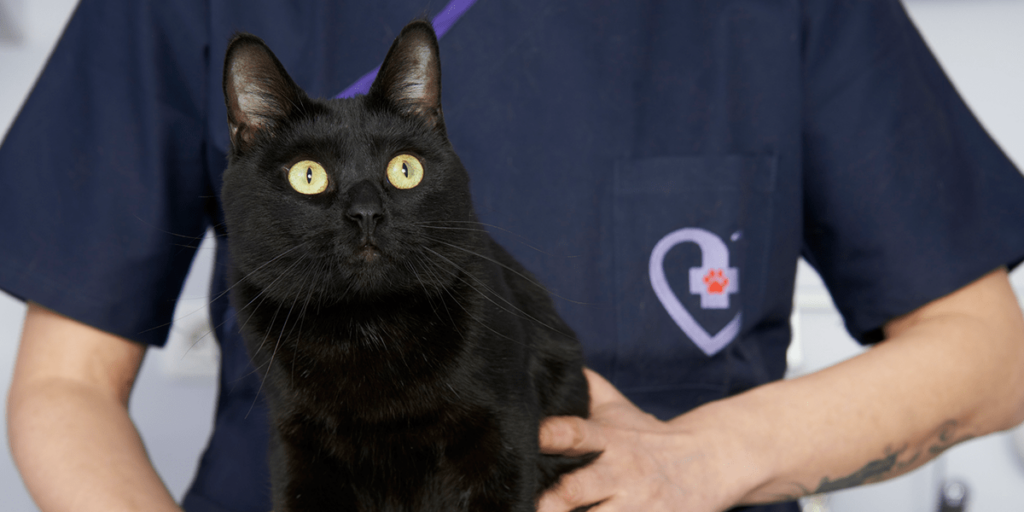
6. The Exam Room: Keeping Your Cat as Calm as Possible
This is where your cat decides whether to cooperate… or become a tiny tornado of claws.
Ways to Keep Your Cat Calm During the Exam:
🐱 Let the Vet Lead – Experienced vets know how to handle nervous cats—let them do their thing.
🐱 Talk to Your Cat – A soft, reassuring voice can help ease their anxiety.
🐱 Bring a Familiar Blanket – Placing something with their scent on the exam table can be comforting.
🐱 Use Treats (If Allowed) – Some vets let you use treats as distractions during the exam.
🚨 Reality Check: If your cat lashes out, don’t feel bad—it’s normal! Many vets use special handling techniques to keep them safe.

7. After the Visit: Helping Your Cat Recover
Congrats! You survived the vet visit. But your cat might still be a little grumpy.
How to Help Your Cat Settle Back In:
✔ Give Them Space – Let them retreat to a quiet room if they need to decompress.
✔ Offer Treats or Playtime – A small reward helps them associate the vet with good things.
✔ Watch for Side Effects – If they had vaccines or treatment, monitor for any odd behavior (lethargy, vomiting, etc.).
🚨 Pro Tip: If your cat seems extra irritable, give them some alone time before attempting cuddles.
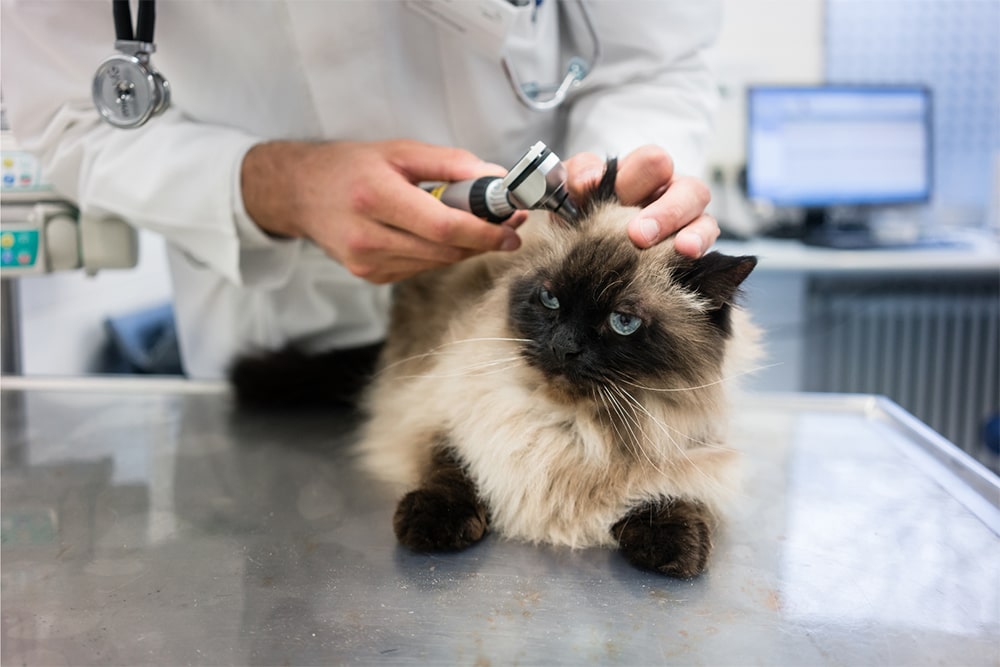
Final Thoughts: Vet Visits Don’t Have to Be a Disaster
Yes, taking a cat to the vet is never “easy,” but with the right preparation, it doesn’t have to be a full-blown disaster, either.
✔ Choose a cat-friendly vet
✔ Make the carrier a positive space
✔ Schedule smartly
✔ Use calming techniques for travel
✔ Minimize stress in the waiting room & exam
✔ Give them space to recover afterward🐾 How does your cat react to vet visits? Any hilarious escape attempts? Share your stories in the comments—I’d love to hear them!

